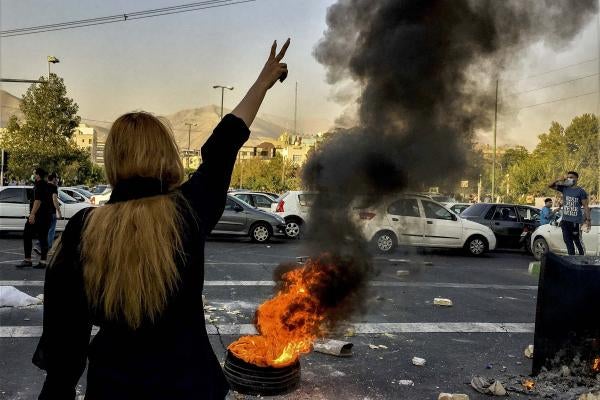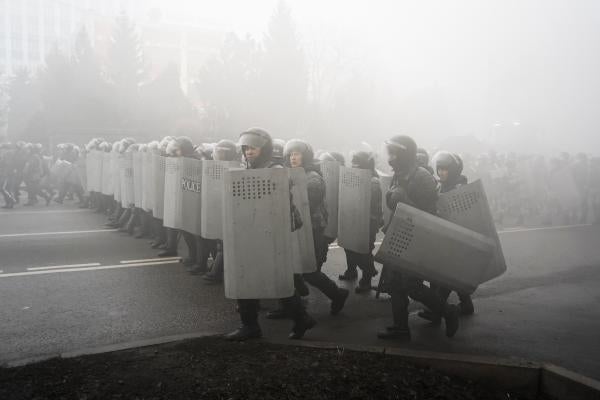Iranian authorities seem to have one answer to all questions: deadly violence.
The state murder by hanging of British-Iranian Alireza Akbari, the 61-year-old ex-deputy defence minister of Iran arrested in 2019, captured headlines on the weekend, renewing international outrage. In response, the UK imposed sanctions on Iran’s Prosecutor General, and there are fresh calls for further sanctions against the Islamic Revolutionary Guards Corps, one of the worst abusers of human rights in Iran.
But it’s the authorities’ expanding murder machine against protesters that’s causing great alarm long term.
It started with the death of 22-year-old Mahsa (Jina) Amini in the custody of the morality police after being arrested for an “improper” hijab. That sparked demonstrations across the country, against which security forces used shotguns, assault rifles, and handguns “with cruel disregard for life.”
Across Iran, hundreds of protestors have been killed, including at least 52 children. In the city of Zahedan alone, security forces killed and injured dozens.
They arrested thousands throughout the country and rushed many through trials quickly as protests spread. Then, authorities issued death sentences on charges related to the protests. Those started being carried out last month.
As if the use of the death penalty wasn’t appalling enough, the trials leading to them were ridiculously flawed. Authorities prevented defendants faced with capital charges from being represented by the lawyer of their choice.
And the use of torture to obtain confessions is all too obvious: authorities have regularly broadcast coerced confessions of detainees, including those facing the death penalty, with signs of bruising visible.
What’s more, prosecutors are expanding the application of death penalty to include even relatively minor offences like destruction of public property and blocking streets.
As of January 10, authorities have executed four men. More are in imminent danger.
It’s cold, pre-meditated murder, nothing less.









